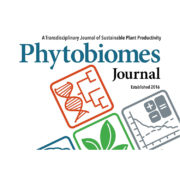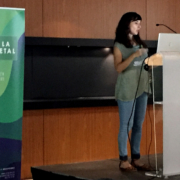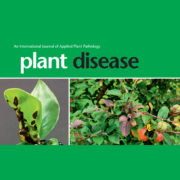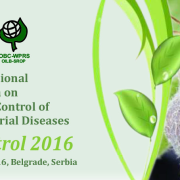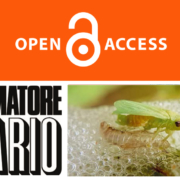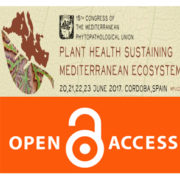Microbial landscape of the Grapevine endosphere in the context of Pierce’s disease
ORIGINAL ARTICLE
Miss Elizabeth Deyett
University of California, Botany and Plant Sciences, Riverside, California, United States;elizabethdeyett@gmail.com
Univ. California Riverside, Plant Pathology and Microbiology, 3401 Watkins drive, Riverside, California, United States, 92521; caroline.roper@ucr.edu
University of California Riverside, Plant Pathology and Microbiology, Riverside, California, United States; paul.ruegger@email.ucr.edu
National Taiwan University, Department of Plant Pathology and Microbiology, Taipei, Taiwan; jyang.ntu@gmail.com
University of California, Plant Pathology and Microbiology, 3401 Watkins Drive, Riverside, California, United States, 92521; borneman@ucr.edu
, PhD
University of California, Department of Botany and Plant Sciences, 3214 Batchelor Hall, Riverside, California, United States, 92521, 9518276988; philrols@ucr.edu
ABSTRACT
Microbial community structure and composition in the plant vascular endosphere has not been studied extensively especially in the context of vascular diseases. Pierce’s Disease (PD) of grapevine is caused by Xylella fastidiosa, a xylem-limited bacterium. In PD-impacted vineyards, there are observations of vines that remain asymptomatic despite being under high disease pressure. Because these vines are clonal, we hypothesized that the microbial community inhabiting the grapevine vascular endosphere is a major contributor to the disease escape phenotype. We used a next generation sequencing Illumina MiSeq-based platform to characterize the bacterial and fungal microbiome residing in the cane endosphere of grapevine that displayed severely symptomatic, to mildly symptomatic or asymptomatic disease phenotypes. Our results provide evidence that the endophytic grapevine microbial community is composed primarily of Proteobacteria and Ascomycota with Pseudomonodales and Pleosporales as the main bacterial and fungal orders, respectively. Endophytic Pseudomonas fluorescens and Achromobacter xylosoxidans showed significant negative correlations with X. fastidiosa titer. Our data suggest that the clustering of bacterial communities appeared to be driven by the abundance of both P. fluorescens and X. fastidiosa. Pseudomonas fluorescens emerged as a potential driver of the disease-escape phenotype and a promising biological control agent of PD.
Published on August 17, 2017 by PHYTOBIOMES JOURNAL

